Featured Resource
 Protection for People: What Do We Mean? Guidance for Senior Leadership
Protection for People: What Do We Mean? Guidance for Senior Leadership
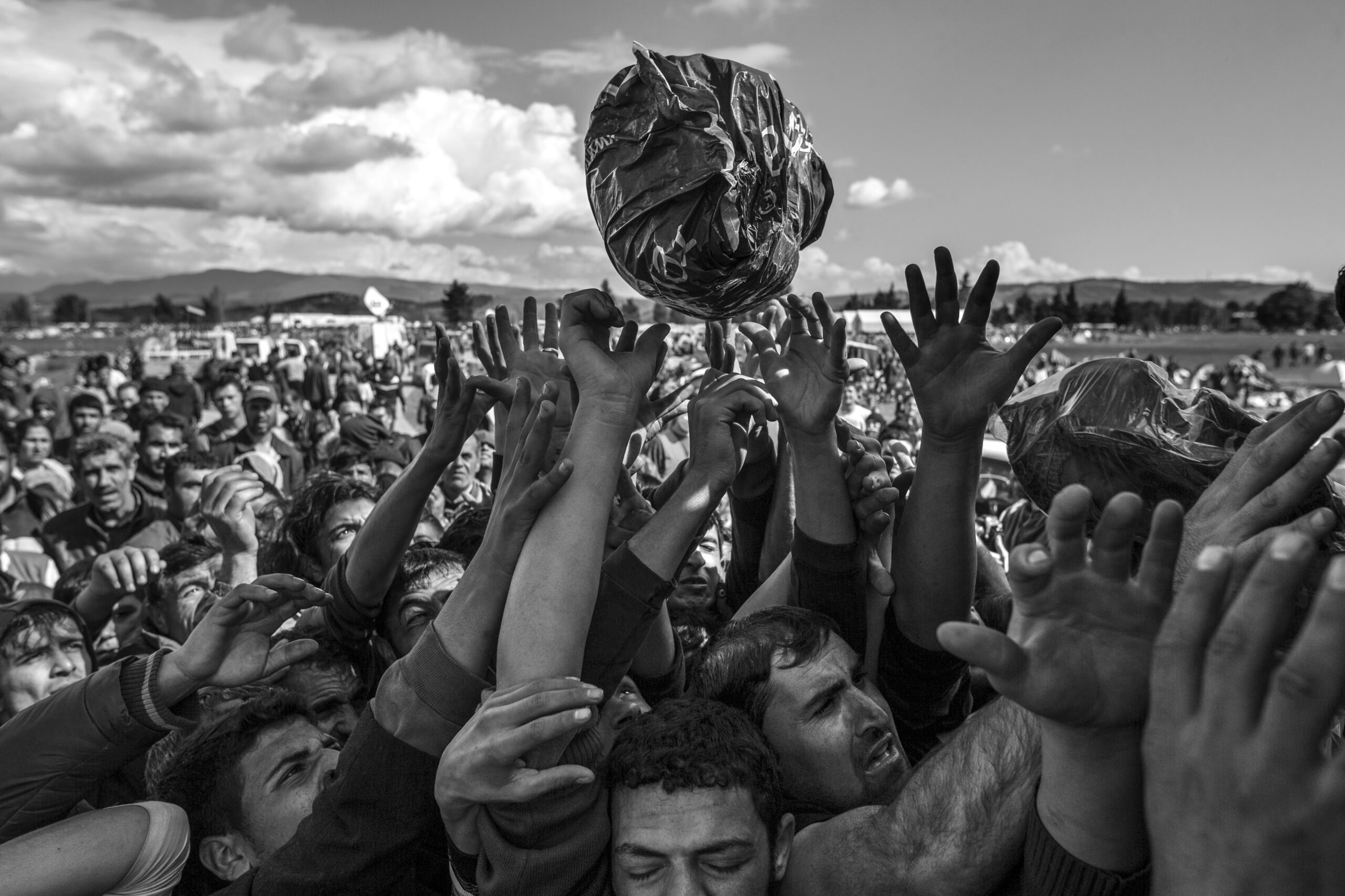
InterAction has published and collected resources including tools, reports, project evaluations, blogposts, and others from Members and partners that promote results-based approaches to protection since 2012; all of which can be found in this resource library. To explore practical case examples of RBP in practice, visit the case example page. Background photo By: Simon Moricz Sabjan is licensed under the CC BY-NC 4.0 license.
This paper shares InterAction’s recent observations putting results-based protection into practice and recommends areas for greater investment by humanitarian actors.
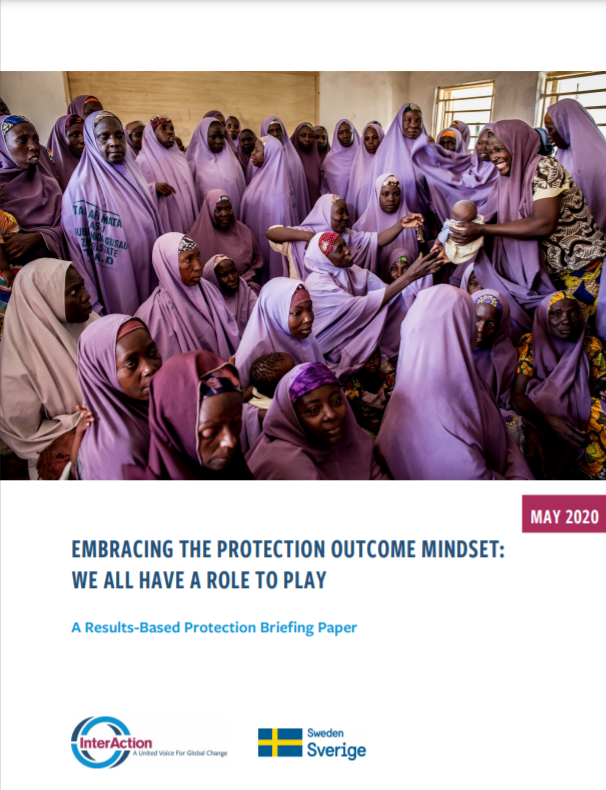
The field consultation in Lebanon provided a practical opportunity for the Results-Based Protection
Program to explore the critical components of program design that support a results-based approach to protection.
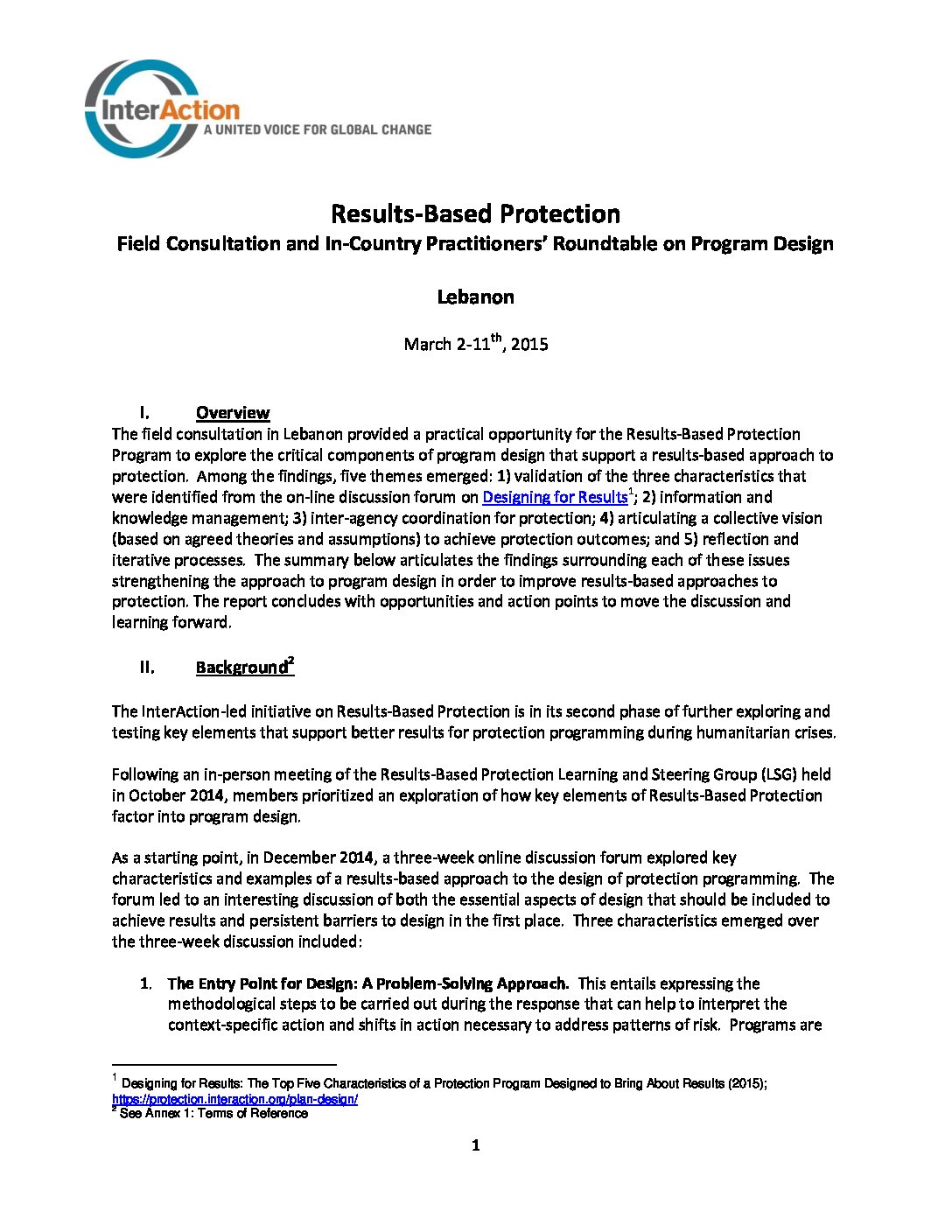
InterAction hosted a two-day workshop with the GBV Prevention Evaluation Framework (PEF) Advisory Committee on January 23 and 24, 2020 in Washington, DC. The overall purpose was to explore the findings of the 2019 GBV Prevention Scoping Exercise in more depth, work through critical issues and determine the next steps for the development of an evaluation framework. This workshop concludes the first phase of the GBV PEF project.
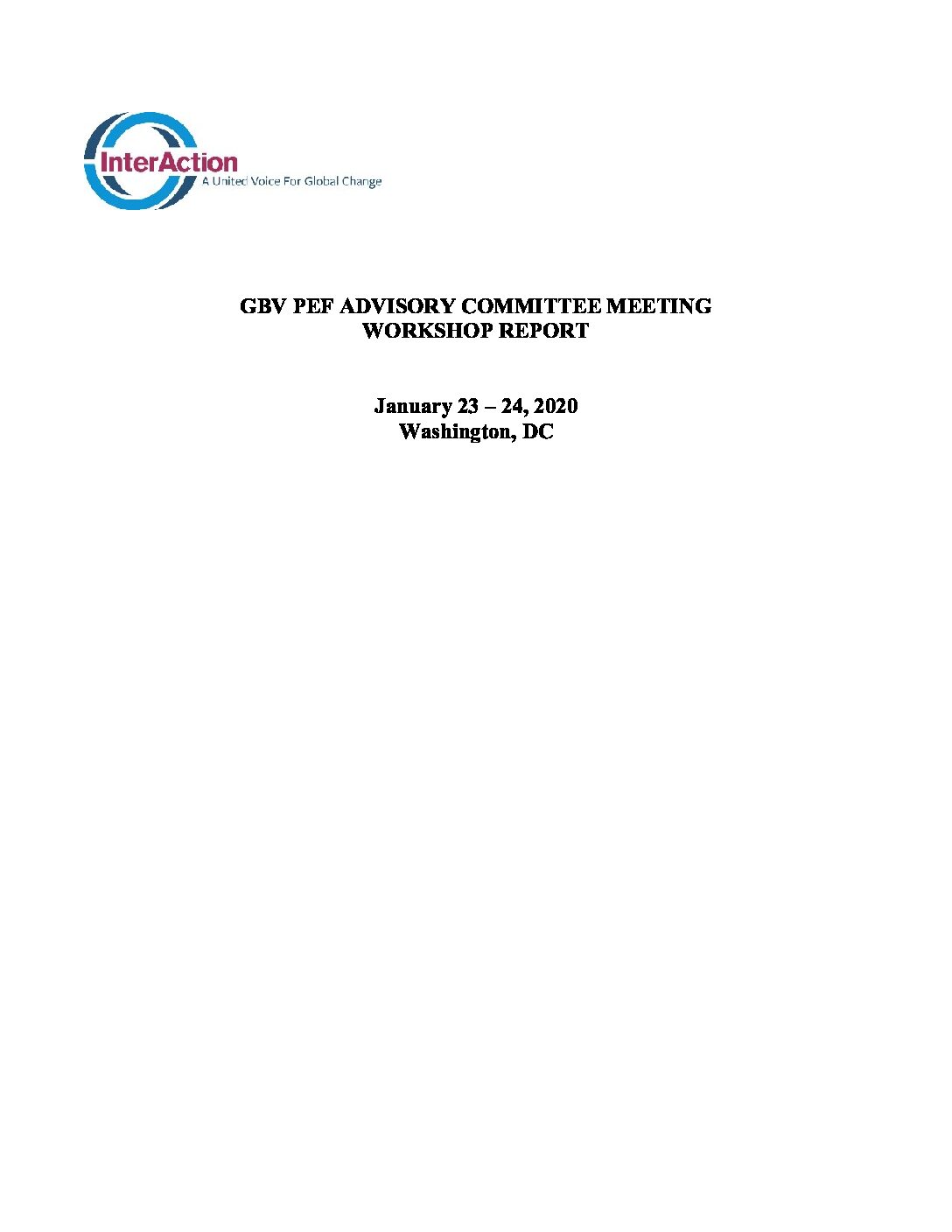
On October 14-15, 2018, the co-chairs of the Centrality of Protection Task Team, OCHA, and InterAction supported the Global Protection Cluster (GPC) to convene a workshop to take stock of the implementation of the IASC Policy on Protection in Humanitarian Action (2016) and the IASC Principals Statement on the Centrality of Protection in Humanitarian Action (2013).

InterAction conducted field research in Erbil, Mosul, Kirkuk, Baghdad, Anbar, and Karbala from 23 July-9 August 2018 to assess the most pressing protection issues and how they can be addressed by a whole-of-system response in line with the Inter-Agency Standing Committee’s (IASC) Protection Policy.
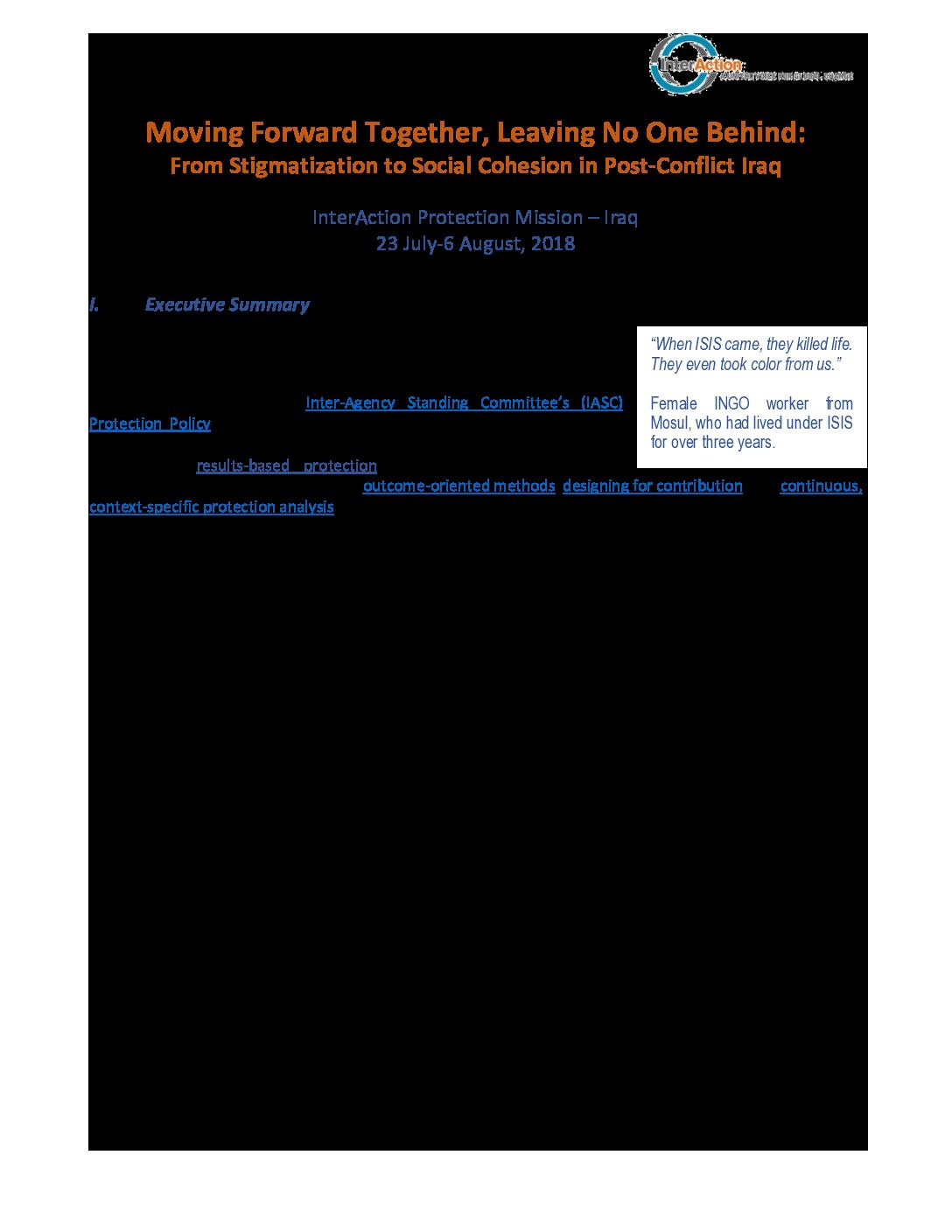
In 2017, InterAction conducted two such missions to Myanmar. The protection mission focused on NGO roles in relation to the overall protection leadership, coordination, and strategies. During post-mission feedback sessions with the consulted in-country field staff, InterAction was made aware of the need for a follow-up mission to look at the relevance and implementation of the recommendations of the outcome paper. InterAction subsequently conducted a short mission from 2 – 6 June, 2018.
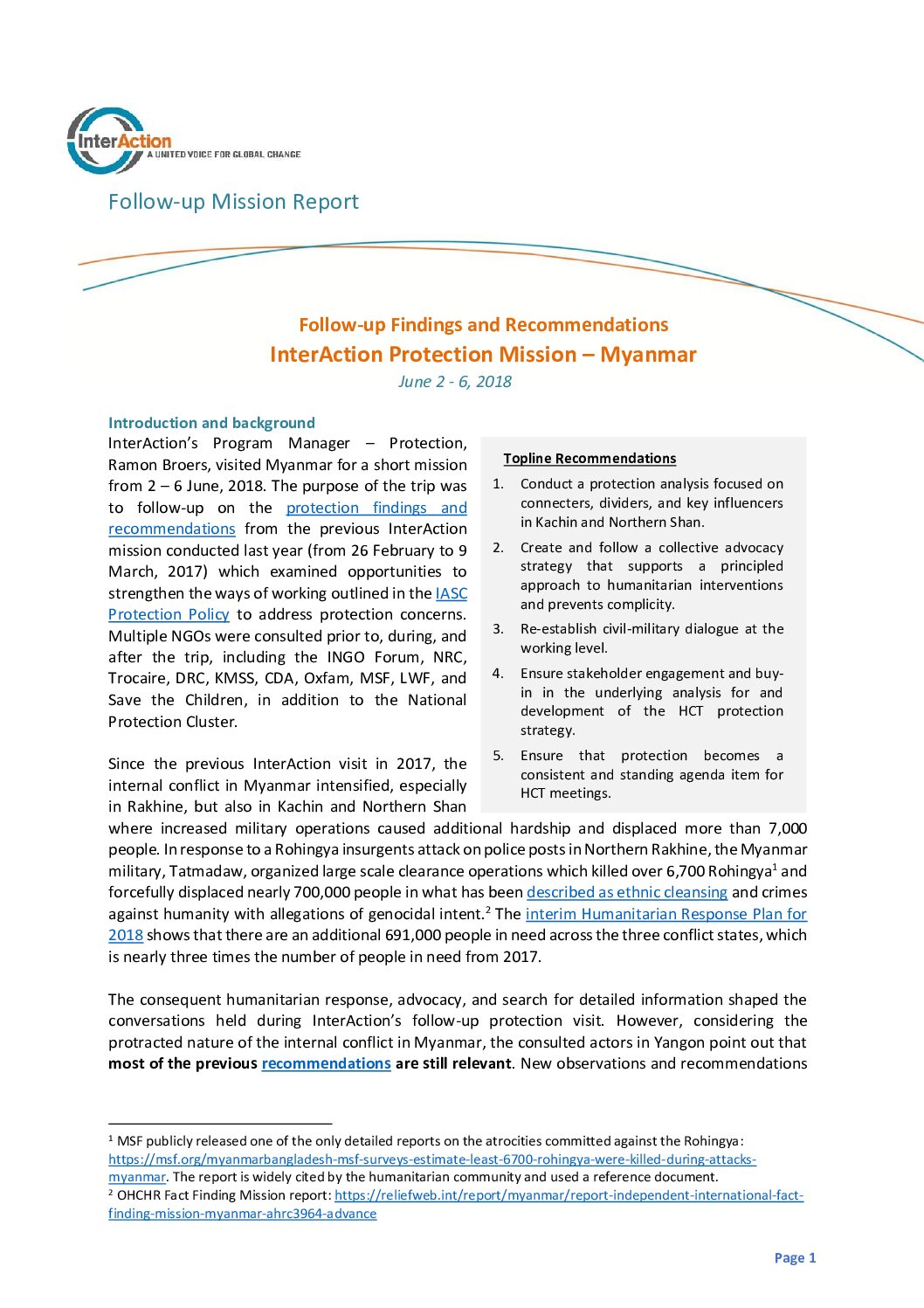
his report distills the good practice and learning gleaned from the 3-years of implementation in Bangladesh, South Sudan, and the Philippines, on methods for engaging communities and collaborative platforms for working toward this end.
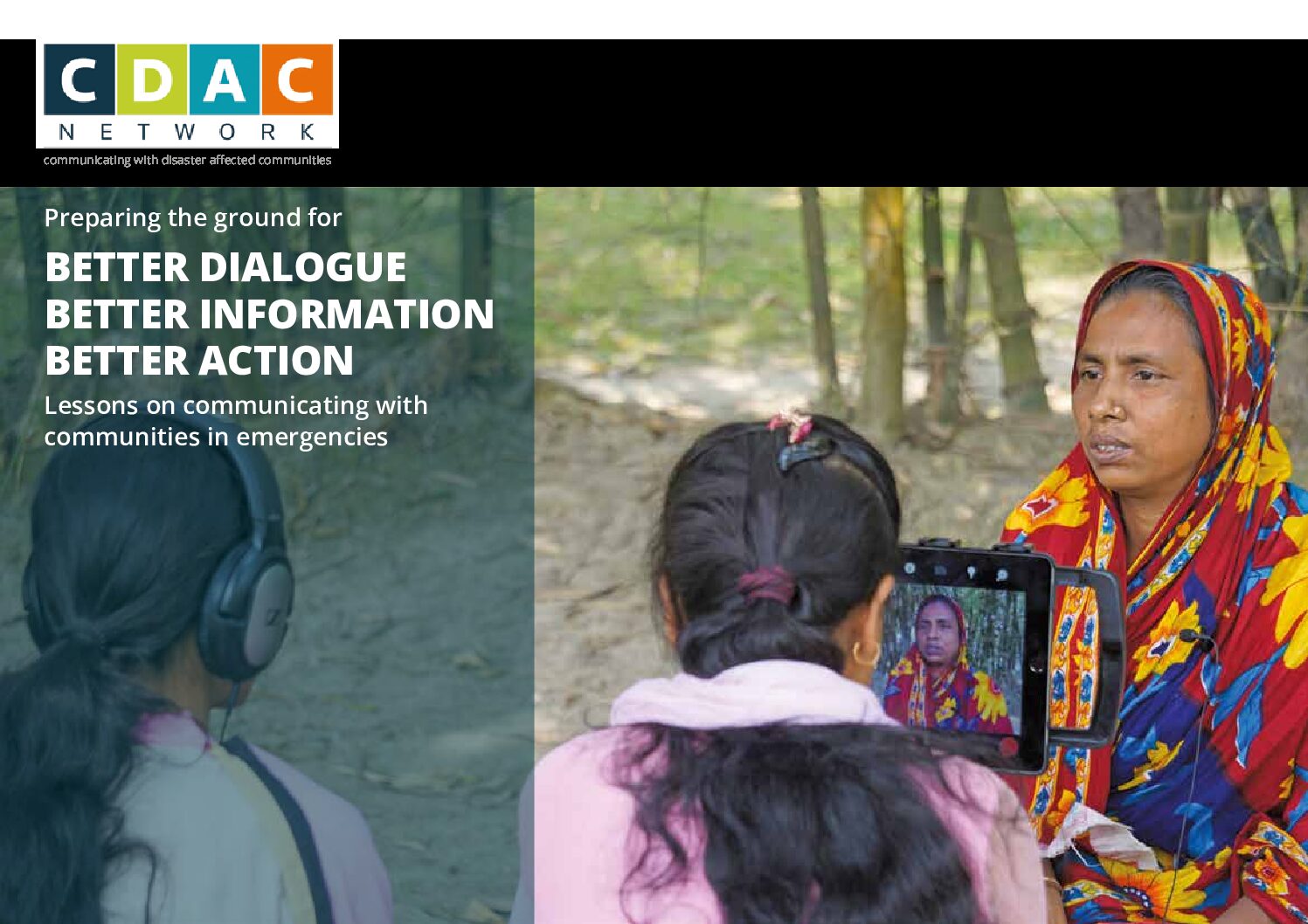
This literature review takes a deeper dive to explore the contexts where humanitarian leaders are expected to make decisions, the range of decision-making approaches which exist, and the effectiveness of these approaches in humanitarian crises.
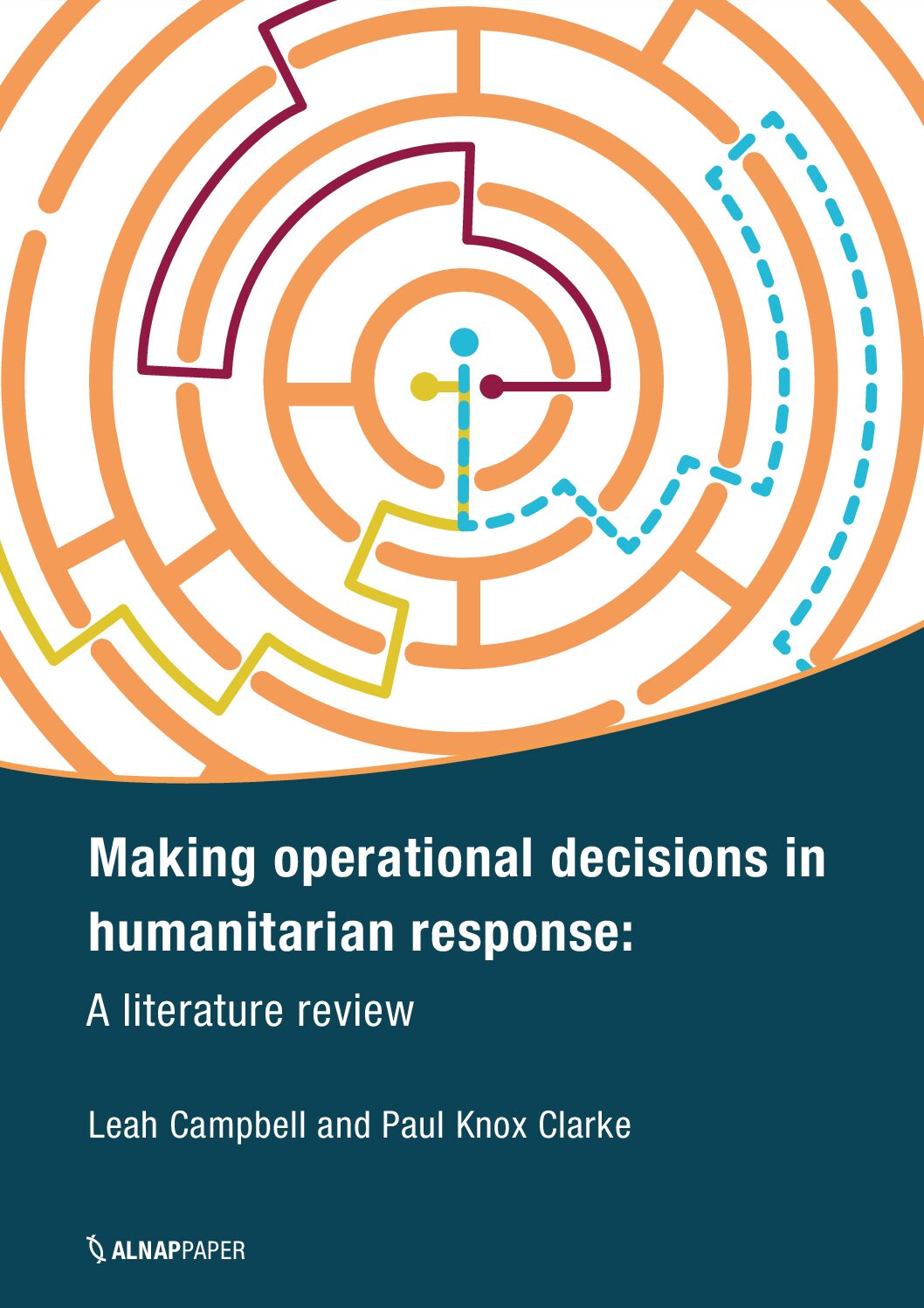
Building on the Humanitarian Policy Group’s (HPG) work on remaking humanitarian action for the modern era, HPG, along with their partner ThinkPlace, initiated a design thinking experiment to capture ideas and discussions of major stakeholders to reimagine humanitarian action.

In their September 2017 report, Mercy Corps and Think Peace (through a series of interviews with youth members of armed groups, non-violent youth, and community leaders in Mali) aim to trace the pathways that youth take to armed groups, as well as the factors that enable others to resist using violence.
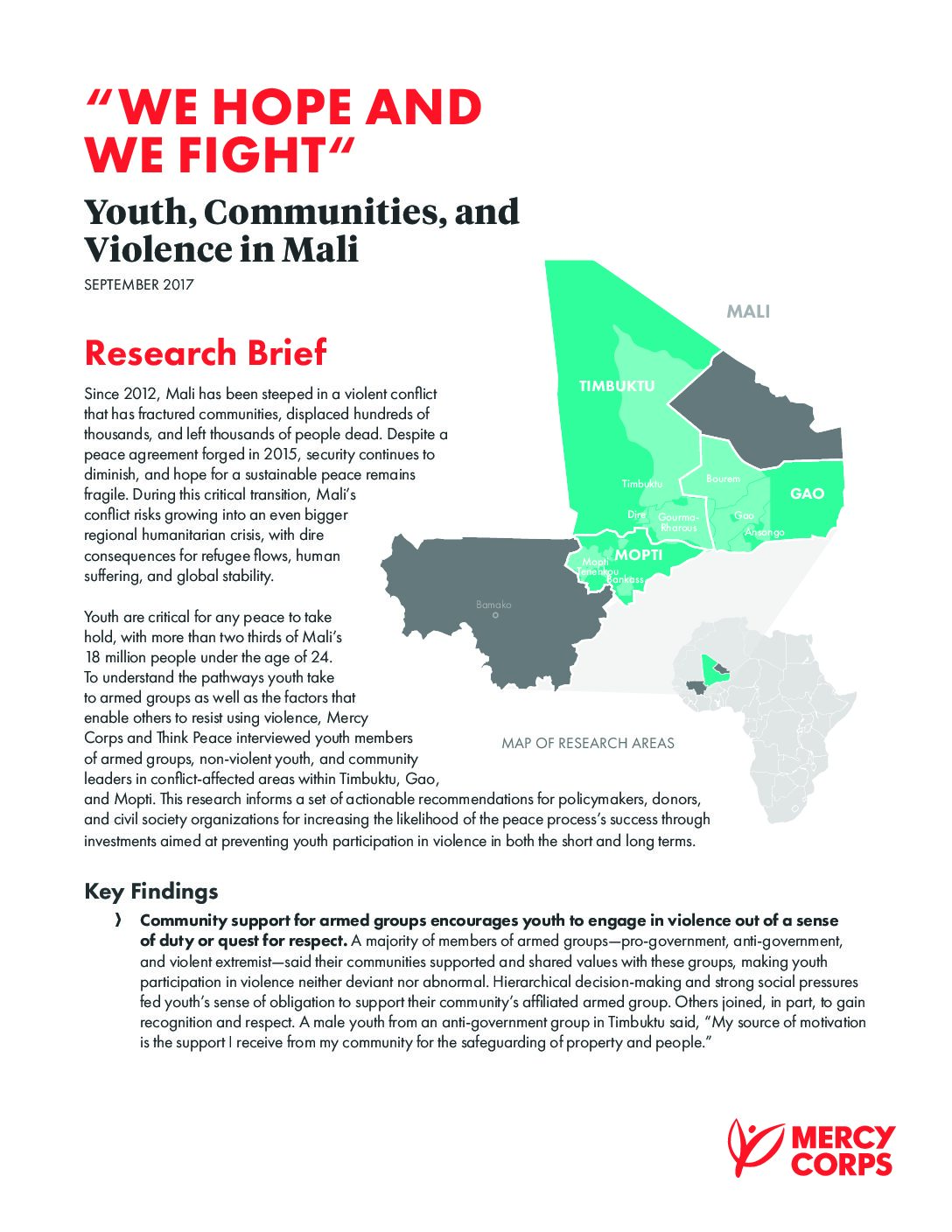
"*" indicates required fields